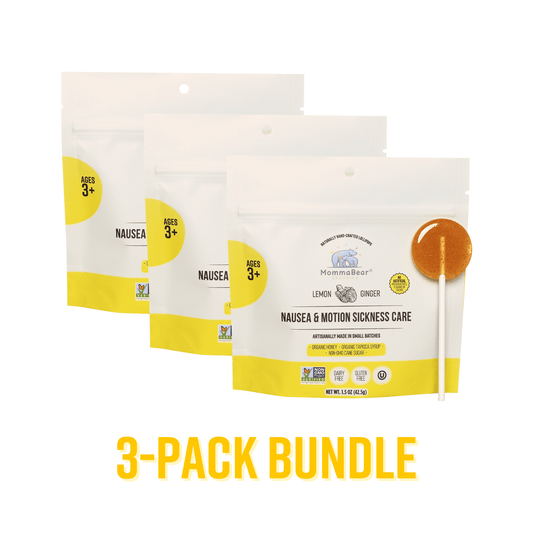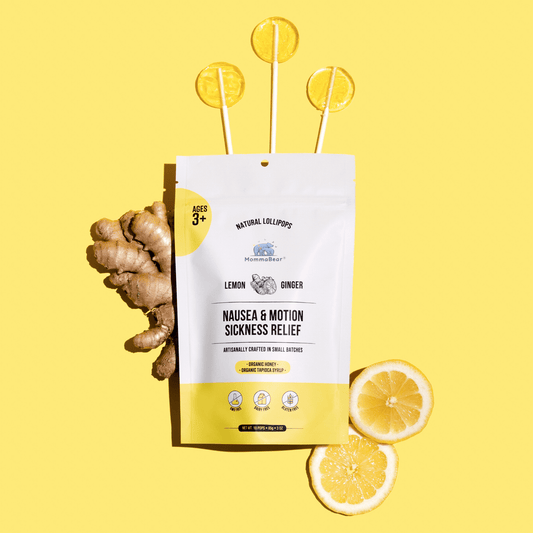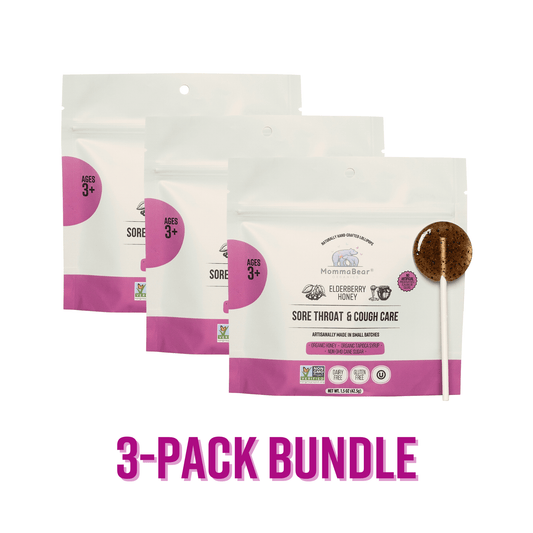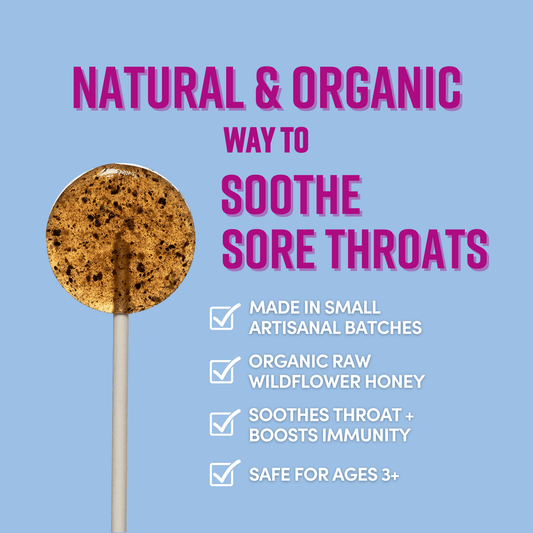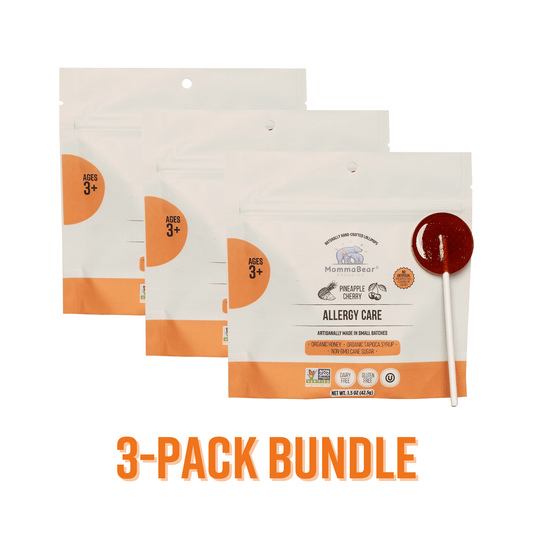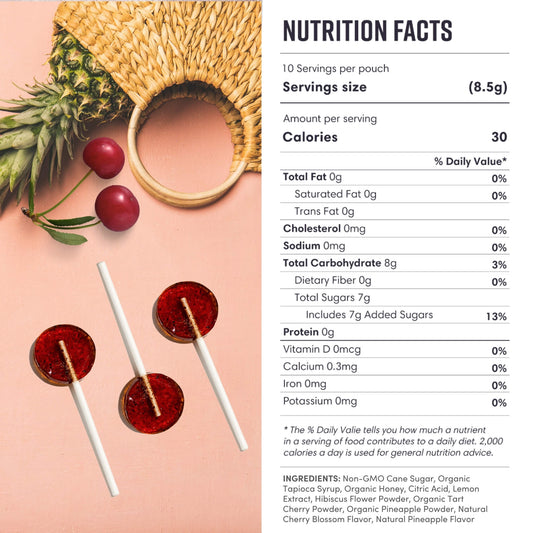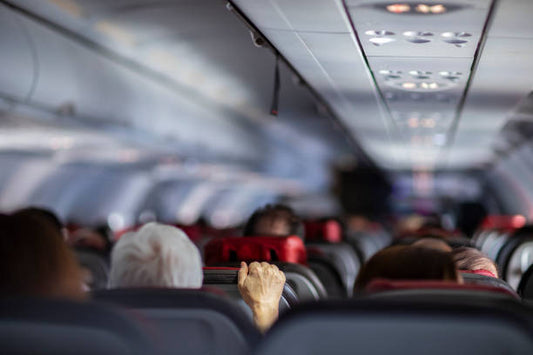Riding a roller coaster is often seen as a thrilling experience filled with excitement and adrenaline. However, for many individuals, this exhilaration can be accompanied by feelings of nausea and discomfort. Understanding the reasons behind motion sickness and taking proactive measures can significantly enhance the enjoyment of these rides. In this article, we will explore the causes of motion sickness, how to prepare before a ride, techniques to manage discomfort during the ride, recovery steps, and available medical interventions.
Understanding Motion Sickness
Motion sickness is a condition that occurs when there is a conflict between the signals that the eyes, inner ear, and deeper body parts send to the brain regarding motion. This discrepancy leads to symptoms like dizziness, nausea, and sweating. While motion sickness can occur during various activities, roller coasters, with their rapid movements and twists, can particularly trigger these feelings.
What is Motion Sickness?
Motion sickness results from the brain receiving conflicting information about motion from different sensory organs. When a person rides a roller coaster, the inner ear senses rapid changes in motion, but the visual input may not align with that sensation, as the body remains securely seated. This dissonance can lead to a variety of symptoms, causing distress and discomfort.
Common symptoms of motion sickness include:
-
Nausea
-
Dizziness
-
Paleness
-
Increased saliva production
-
Cold sweats
-
Vomiting
The Connection Between Roller Coasters and Motion Sickness
Roller coasters are designed to create thrilling experiences that include rapid movements and sudden changes in direction. While this can be exhilarating for some, the intensity of these motions often exacerbates the risk of motion sickness. Factors such as speed, height, and the complexity of the coaster's design play significant roles in how the body reacts to the experience.
The individual differences among riders, including susceptibility to motion sickness, play a crucial role. Some people may find certain rides more distressing than others, depending on their level of sensitivity. For instance, individuals who are prone to motion sickness may experience symptoms more acutely on coasters that feature inversions or sharp drops, as these elements can create a more pronounced disconnect between what they see and what their body feels. Additionally, the psychological aspect of anticipation and fear can amplify the physical symptoms, making the experience even more challenging for those affected.
Interestingly, the phenomenon of motion sickness is not limited to amusement park rides. It can also occur in various situations such as traveling by car, boat, or airplane. In fact, studies suggest that the prevalence of motion sickness varies across different modes of transportation, with some individuals experiencing it more severely in certain environments. Understanding these triggers can help individuals prepare better for activities that may induce discomfort, whether that means choosing a seat with a better view of the horizon while traveling or opting for roller coasters that are less intense.
Pre-Ride Preparations
If you want to have a great time on a roller coaster without feeling sick, a little preparation can go a long way! By listening to your body and taking care of its needs, you'll make your ride even more enjoyable.
Eating Right Before the Ride
Food choices can impact how you feel on a roller coaster. It is generally advisable to avoid heavy, greasy, or spicy meals immediately before riding. Instead, opt for light snacks that are easier to digest. Foods rich in carbohydrates, like crackers or toast, can settle the stomach without overwhelming it.
Steering clear of large meals can really help reduce the chances of feeling queasy! If you eat a bit before your ride, ideally around one to two hours in advance, it gives your body a nice window to digest, making your experience much more enjoyable. Also, why not try adding some bananas or yogurt to your pre-ride snack? Bananas are super easy on the tummy and offer a quick energy boost, while yogurt is packed with probiotics that support digestion, keeping your stomach happy during your ride!
Hydrating Properly
Keeping hydrated is really important, especially on those sunny days spent at an amusement park! Water not only supports your whole body but can also help ease symptoms of motion sickness. Just a little reminder: while it's vital to drink enough, try to limit sugary or caffeinated drinks, since they might cause you to feel jittery or upset your tummy.
Drink small amounts of water frequently instead of consuming large quantities all at once, which can also lead to discomfort during the ride. If you're looking for an extra boost, consider electrolyte drinks that are low in sugar. These can help replenish lost minerals and maintain hydration levels without the drawbacks of sugary sodas or energy drinks, ensuring you feel your best as you prepare for the thrills ahead.
Choosing the Right Seat on the Roller Coaster
The position you select on a roller coaster can make a significant difference in your experience. Many riders report that sitting near the front allows for a smoother ride, as you have a better view of the track and can anticipate the changes in motion.
Also, it might be a good idea to skip the back seat, as it usually bounces the most and can be a bit more intense. Keep in mind the type of ride too; some roller coasters are a bit gentler and could be better for those who might get motion sick. If you’re ever unsure about your choice, feel free to chat with the ride operators! They often have great tips based on what other riders have experienced, and they can help you find a seat that will make your ride as fun as possible while keeping things comfortable for you.
Techniques to Prevent Motion Sickness During the Ride
Even with careful planning, it’s perfectly normal to experience motion sickness during a ride. Thankfully, using some helpful techniques can really make a difference in easing those symptoms as the journey goes on.
Focusing Your Vision
Fixating your gaze on a stable point in the distance, such as the horizon or a fixed object, can help combat disorientation and nausea. This technique can provide your brain with a clearer frame of reference and reduce the conflicting signals that contribute to motion sickness.
Try to avoid looking at the rapidly moving surroundings, as this can exacerbate feelings of dizziness and nausea. Additionally, if you're on a ride that allows for it, closing your eyes briefly can help reset your perception and give your body a moment to recalibrate. Some riders find that focusing on their breathing while keeping their eyes closed can also enhance their sense of control over the situation.
Breathing Techniques
Deep and controlled breathing is a useful strategy during a roller coaster ride. Taking slow, deep breaths can help regulate your heart rate and promote relaxation, calming your body’s response to stress and discomfort.
Take a deep breath in through your nose, hold it gently for a moment, and then let it out slowly through your mouth. Repeat this a few times to ease any feelings of nausea you may be experiencing. While you’re breathing, try picturing a calming scene—like a tranquil beach or a quiet forest. Engaging in this kind of mental imagery can really boost your relaxation and help shift your focus away from any uncomfortable sensations during the ride.
Using Distraction as a Tool
Distraction can effectively divert attention from feelings of discomfort. Engaging in conversation with a companion, listening to music, or focusing on the excitement of the ride can help detract from sensations of nausea.
Finding ways to immerse yourself in the experience can lessen anxiety and improve your overall enjoyment. For instance, you might want to play a game with fellow riders, such as counting the number of loops or drops, or even sharing stories about previous rides. This social interaction can create a sense of camaraderie and make the experience feel less daunting. Furthermore, some riders find that keeping their mind occupied with thoughts about the ride’s mechanics or design can provide an interesting distraction, transforming a potentially uncomfortable experience into an engaging one.
Post-Ride Recovery
Once the ride is over, how you recover can influence how quickly you feel better and return to enjoying your day at the park.
Steps to Take Immediately After the Ride
Once you've enjoyed a thrilling ride on the roller coaster, finding a cozy spot to sit for a bit can really help your body get back to normal. Taking a few moments to breathe deeply and unwind is important for regaining your composure. And if you're feeling a little queasy, sipping some water slowly can work wonders for your stomach.
Walking around slowly can also assist in grounding yourself and alleviating feelings of dizziness. Additionally, focusing on a fixed point in the distance can help your brain recalibrate and reduce the sensation of spinning. If available, seeking out a shaded area can provide a cooling effect, which is particularly beneficial if you’ve been exposed to the sun during your ride. Listening to calming music or engaging in light conversation can also serve to distract your mind from any lingering discomfort.
Long-Term Recovery Strategies
For those who experience frequent motion sickness, certain lifestyle modifications can lead to better long-term outcomes. These may include:
-
Regular exercise to enhance vestibular stability
-
Yoga and relaxation techniques to reduce anxiety
-
Avoiding triggers whenever possible
Implementing these strategies can help lessen symptoms over time and improve the experience during future rides. Furthermore, incorporating a balanced diet rich in ginger or peppermint can be beneficial, as both are known for their natural anti-nausea properties. Staying well-hydrated before and after rides is also crucial, as dehydration can exacerbate feelings of dizziness and nausea. Keeping a journal of your experiences can help identify specific triggers and patterns, allowing you to better prepare for your next adventure at the amusement park.
Medical Interventions for Motion Sickness
If motion sickness continues to be a significant issue, it may be beneficial to explore medical options. Various treatments are available, offering different approaches to managing discomfort.
Over-the-Counter Medications
If you're looking to ease the symptoms of motion sickness, over-the-counter antihistamines like dimenhydrinate (Dramamine) or meclizine can be really helpful! Just remember to take them about an hour before your journey so they have time to work their magic.
Be mindful of potential side effects, including drowsiness, and consider testing your reaction to these medications before heading to an amusement park. In addition, some individuals may experience dry mouth or blurred vision, so it's wise to stay hydrated and avoid activities that require sharp focus, like driving, after taking these medications.
Prescription Treatments
For those who require more potent intervention, a healthcare provider may prescribe medications specifically designed to treat motion sickness. These prescriptions may offer stronger relief but should always be taken under medical supervision.
It's really important to chat with a healthcare professional about your unique symptoms and medical history to discover the best treatment for you. One handy option is scopolamine patches! These can be easily placed behind your ear and deliver continuous medication for several days, making them super convenient for longer trips or cruises.
Alternative Therapies
Some individuals may find relief through alternative therapies, such as acupuncture or acupressure. These methods aim to restore balance in the body and have been reported to help alleviate nausea in some cases.
Cognitive behavioral therapy (CBT) may also provide support for those whose motion sickness is amplified by anxiety or phobias related to roller coasters and other forms of motion. Additionally, herbal remedies like ginger and peppermint have been traditionally used to ease nausea and may be worth considering for those seeking natural alternatives. Always consult with a healthcare provider before starting any new treatment to ensure it is safe and appropriate for your individual health needs.
Conclusion
Experiencing motion sickness after a roller coaster ride can detract from the fun and exhilaration of the experience. By understanding the underlying causes, taking proactive measures before and during the ride, employing effective recovery strategies, and considering medical interventions when necessary, individuals can significantly reduce the likelihood of feeling sick. MommaBear Organics Lollipops are a great natural alternative to medical interventions. With these strategies in mind, thrill-seekers can get back to enjoying the excitement of roller coasters without the unwelcome side effects of motion sickness.


